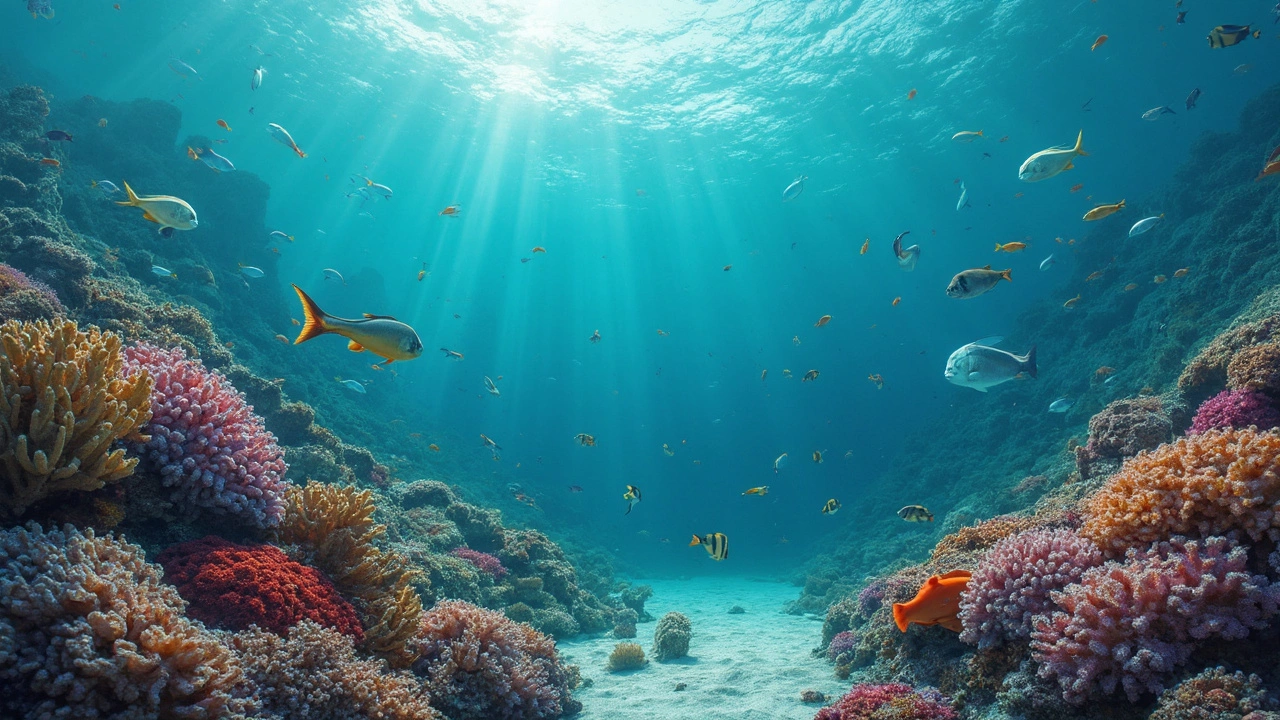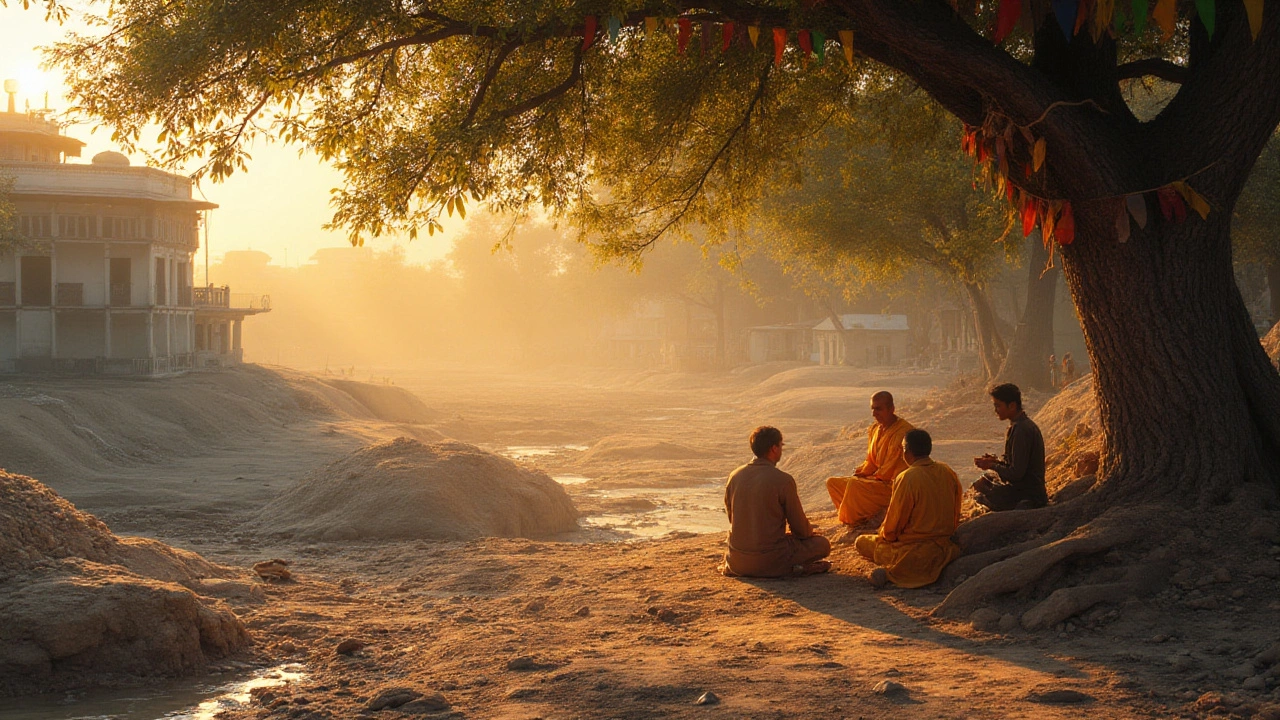Environmental Impact: What It Means and How It Shapes Our World
When we talk about environmental impact, the effect human activities have on natural systems like air, water, soil, and ecosystems. Also known as ecological footprint, it’s not just about pollution—it’s about how every choice, from what you eat to how you power your home, changes the planet. You can’t ignore it. The climate is shifting. Lakes are drying up. Fish populations are crashing. And the worst part? Most of it isn’t accidental—it’s built into the way we live.
Take renewable energy, power sources like solar, wind, and biomass that replace fossil fuels. It sounds clean, right? But large hydropower dams and biomass burning can cause serious harm—flooding forests, releasing methane, and polluting air. Even solar panels need mining for rare metals. There’s no perfect solution, only better trade-offs.
Then there’s carbon emissions, the greenhouse gases released when we burn fuel for transport, electricity, or manufacturing. CO₂ gets all the attention, but methane from farms and landfills is 80 times more powerful over 20 years. And here’s the thing: you don’t need to be a scientist to see the results. Record heatwaves. Wildfires swallowing towns. Floods wiping out crops. These aren’t distant warnings—they’re happening now.
And what about the stuff we swallow? pollution, toxic substances released into the environment. Nanoparticles in soft drinks? They’re not added, but they’re still there—byproducts of food processing. Do they hurt you? Probably not as much as the sugar. But they’re a sign of something bigger: we’ve normalized invisible risks. We don’t see the chemicals in our water, the microplastics in our seafood, or the pesticides in our apples. Yet they add up.
What’s surprising? The biggest environmental impact often comes from things we think are harmless. A single electric car? Great for emissions. But if the battery was made using coal-powered factories and mined with child labor? The story gets messy. The same goes for organic food—it uses less synthetic fertilizer, but might need more land, leading to more deforestation. There are no easy wins.
But here’s the good news: we’re not powerless. Communities are switching to solar. Farmers are regenerating soil. Cities are banning single-use plastics. Scientists are building tools to track emissions in real time. And you? You’re already part of the system. Every purchase, every vote, every conversation adds up.
Below, you’ll find real stories from India and beyond—how nanotechnology affects food safety, why biomass might be the dirtiest "green" energy, and whether Earth is becoming too hot for us to live on. These aren’t abstract theories. They’re facts, backed by data, and they’re changing how people live tomorrow.
Biggest Threats to Ocean Life from Climate Change
Mar, 17 2025
Ocean life faces significant threats from climate change, with rising temperatures and acidification leading to the destruction of marine habitats. Melting ice caps, increased sea levels, and pollution further exacerbate these challenges. Understanding and addressing these issues is crucial to preserving the biodiversity of our oceans.
Read Article→Exploring Key Research Questions in Climate Change
Jan, 22 2025
Climate change remains one of the most pressing challenges of our time, prompting scientists and researchers to delve into numerous questions. Understanding the impact on ecological systems, assessing mitigation strategies, and examining socio-economic consequences are crucial aspects of this research. Investigating the efficacy of potential solutions also remains pivotal. This article explores five essential research questions about climate change designed to enhance our understanding and drive impactful action.
Read Article→
